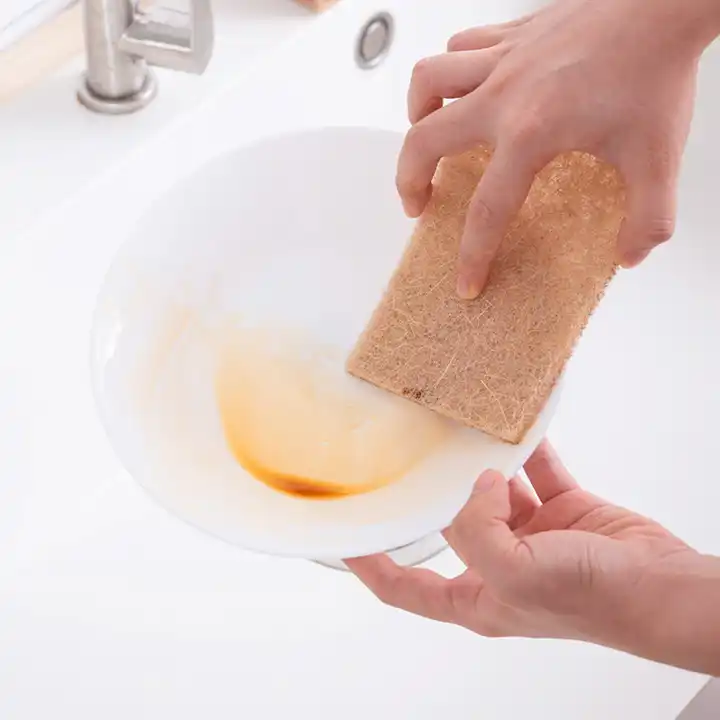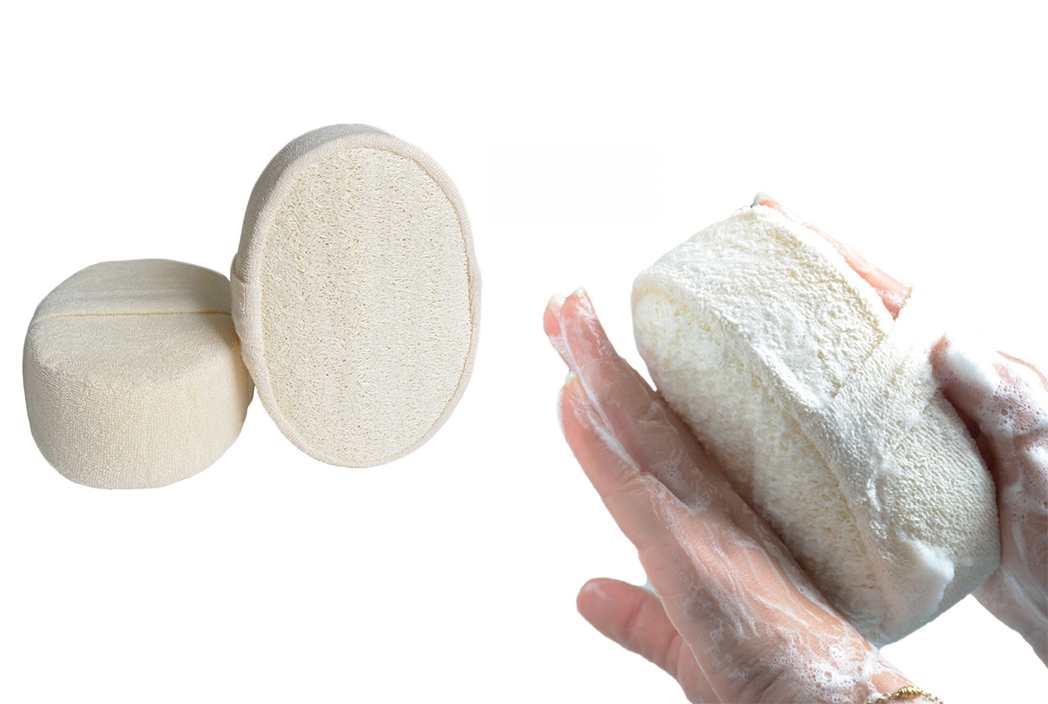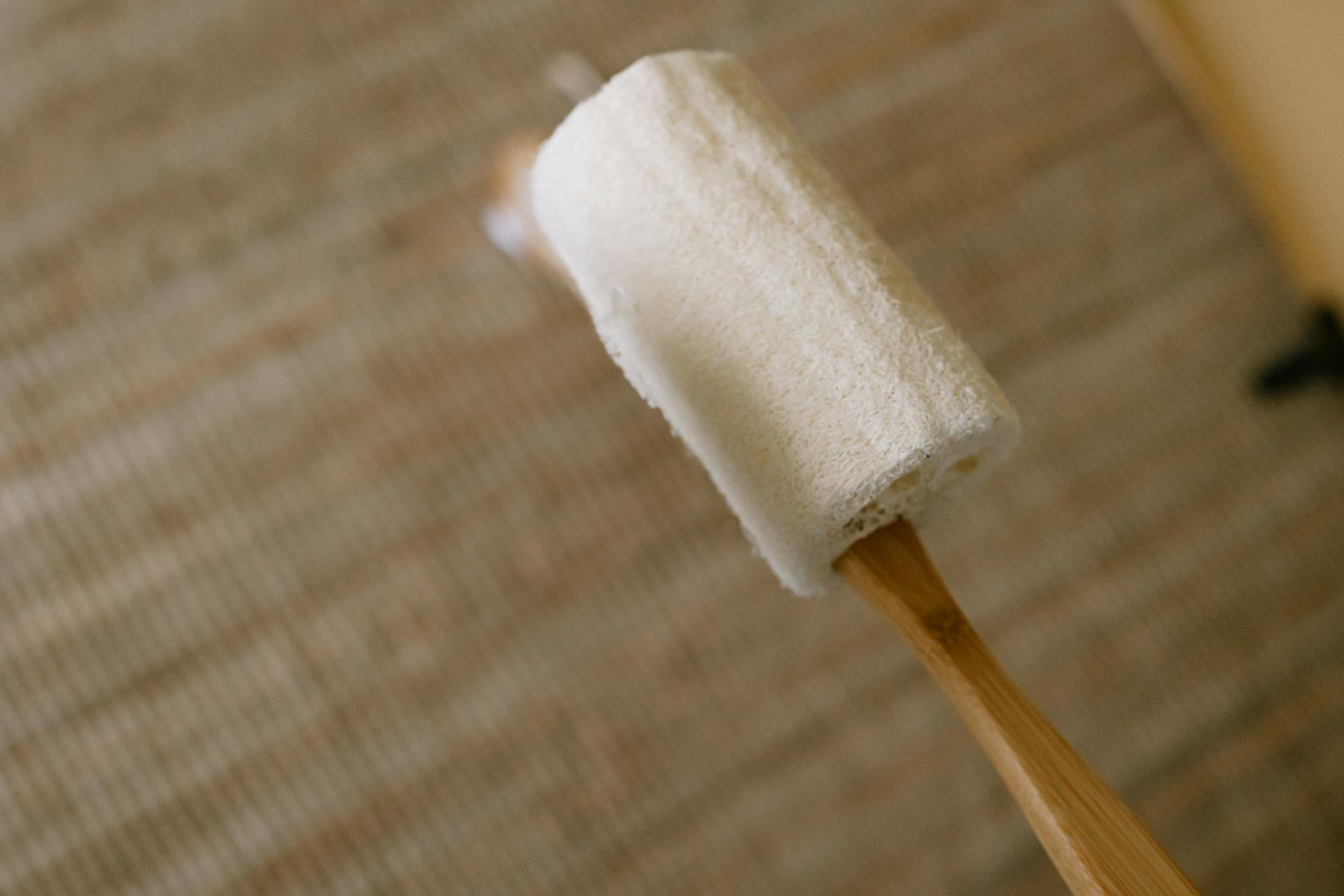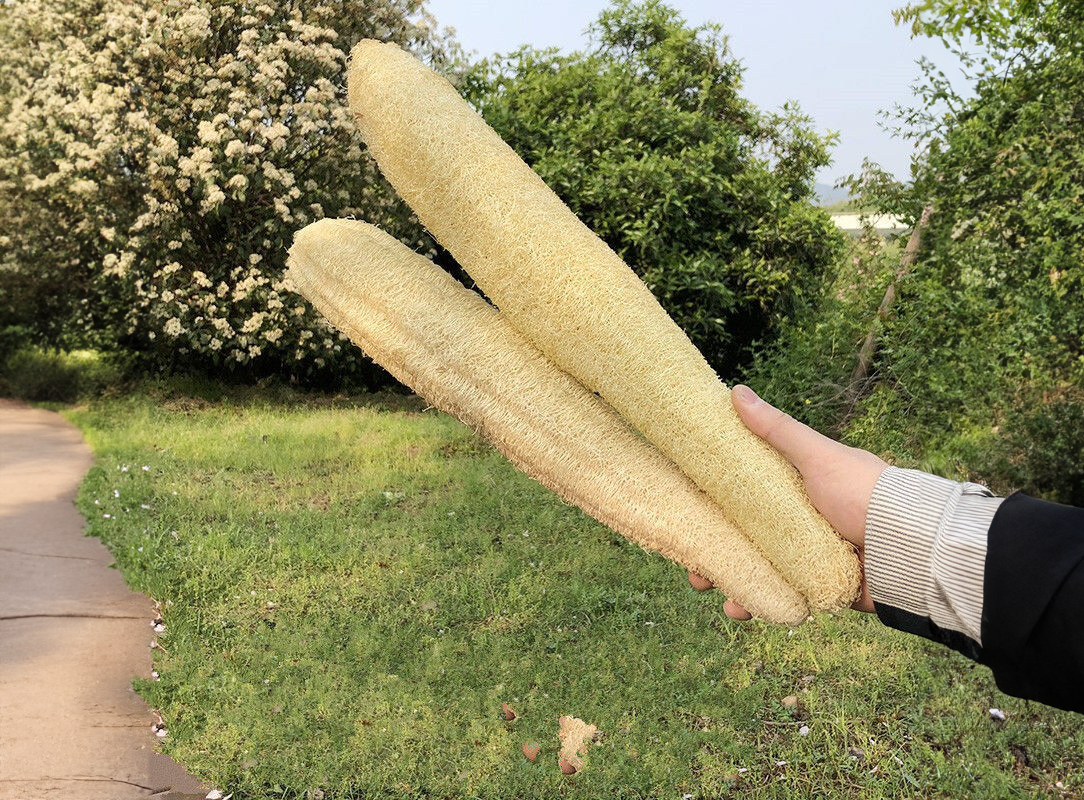Introduction:
When diving into the market of cleaning supplies, specifically scrubbers, selecting the right supplier is crucial. Kitchen scrubber manufacturers, sponge scrubber manufacturers, scrubber wholesale, and scrubber suppliers are key terms in navigating this industry. This guide aims to provide an insightful approach to help businesses connect with reliable suppliers that can meet their specific needs in quality, cost, and supply efficiency. The journey from understanding market trends to making an informed supplier choice is detailed, targeting the relevance of kitchen scrubber manufacturer, sponge scrubber manufacturer, scrubber wholesale, and scrubber supplier.


Understanding the Scrubber Market
Introduction to the Market: The scrubber market is diverse and segmented, often categorized by the end-use, such as household or commercial, and the type of scrubbers, including kitchen scrubbers and sponge scrubbers. Kitchen scrubber manufacturers and sponge scrubber manufacturers cater to various sectors, emphasizing the need for quality, durability, and specific use-cases. The following content incorporates industry data, compares standards, and presents a step-by-step guide to understanding this market.
Segment Analysis:
1. Kitchen Scrubber Manufacturers: Kitchen scrubber manufacturers often focus on products designed for rigorous, daily use. They prioritize materials that can handle tough stains and grease commonly found in kitchen environments.
- Market Share & Trends:
- Data indicates a growing preference for eco-friendly and ergonomic designs.
- Leading kitchen scrubber manufacturers have seen a steady increase in demand, especially from the hospitality sector.
2. Sponge Scrubber Manufacturers: Sponge scrubbers are versatile, used in various cleaning contexts. Manufacturers are innovating with materials to improve absorbency and longevity.
- Innovation and Variety:
- Market reports suggest a rise in demand for biodegradable and reusable sponge scrubbers.
- Diversity in shapes, sizes, and functionalities is key to attracting different market segments.
3. Scrubber Wholesale: Wholesalers play a critical role in the supply chain, providing bulk products to retailers and large institutions.
- Pricing Dynamics:
- Competitive pricing strategies are vital, as indicated by wholesale market analyses.
- Bulk purchase agreements and seasonal trends impact pricing significantly.
4. Scrubber Supplier: Suppliers are the link between manufacturers and end-users. They need to understand the market demands and maintain a robust supply chain.
- Supply Chain Efficiency:
- Data shows that suppliers who invest in technology and logistics optimization see improved customer satisfaction.
- Reliable suppliers often have a wide network, ensuring consistent product availability.
Comparative Data Table:
| Category | Market Trend | Key Fact |
|---|---|---|
| Kitchen Scrubber Manufacturer | Eco-Friendly Growth | Increase in demand from hospitality |
| Sponge Scrubber Manufacturer | Biodegradable Rise | Variety in shapes and functionalities |
| Scrubber Wholesale | Competitive Pricing | Bulk pricing impacts market significantly |
| Scrubber Supplier | Technology Investment | Improved logistics and customer satisfaction |
Evaluating Kitchen Scrubber Manufacturers
Understanding Manufacturer Quality: When selecting a kitchen scrubber manufacturer, the primary considerations should be the range of products, market reputation, and material quality. Durable and effective scrubbers provide better value for money, which is essential for both commercial and domestic users.
Criteria for Evaluation:
Product Range:
- Variety: Look for manufacturers offering a wide variety of shapes, sizes, and types of scrubbers to suit different kitchen needs.
- Innovation: Assess their commitment to innovation, such as ergonomic designs or eco-friendly materials.
Market Reputation:
- Customer Reviews: Analyze customer feedback and testimonials for insights into product effectiveness and durability.
- Industry Recognition: Consider awards or certifications indicating quality and sustainability.
Quality of Materials:
- Material Sources: Inquire about the source of materials and their quality standards.
- Durability Testing: Look for information on how products are tested for durability and longevity.
Data Table Example:
| Criteria | Description | Importance |
|---|---|---|
| Product Range | Variety and innovation | High |
| Market Reputation | Customer feedback, awards | Medium |
| Material Quality | Source, durability testing | High |
Implementing Evaluation:
Research and List Potential Manufacturers:
- Use industry reports and directories to compile a list of reputable kitchen scrubber manufacturers.
Analyze Product Range:
- Review catalogs and websites to understand the variety and innovation in their product offerings.
Check Market Reputation:
- Read customer reviews and industry publications for feedback and recognition.
Inquire about Material Quality:
- Contact manufacturers to learn about their material sources and quality control processes.
Assessing Sponge Scrubber Manufacturers
Introduction to Sponge Scrubber Variety: Assessing sponge scrubber manufacturers requires a deep dive into the variety they offer, including antibacterial, eco-friendly, and custom options. Understanding their production capacity, customization capabilities, and lead times is vital for ensuring a good match with your business needs.
Key Assessment Criteria:
Variety of Sponges:
- Antibacterial & Eco-friendly Options: Note the availability of specialized sponges that meet specific health or environmental standards.
- Range: Look for a wide range of sizes, shapes, and materials to cater to different markets.
Production Capacity:
- Volume: Assess the manufacturer’s ability to meet large orders and their scalability.
- Efficiency: Consider how their production capacity aligns with your supply needs.
Customization Options:
- Design Flexibility: Check for the ability to customize sponge sizes, shapes, and materials.
- Branding: Inquire about options for private labeling or custom branding.
Lead Times:
- Order to Delivery: Understand the typical lead times from order placement to delivery.
- Rush Orders: Find out if expedited services are available and at what cost.
Comparative Data Table:
| Criteria | Description | Importance |
|---|---|---|
| Variety of Sponges | Antibacterial, eco-friendly | High |
| Production Capacity | Volume and efficiency | Medium |
| Customization Options | Design and branding | High |
| Lead Times | Standard and expedited | Medium |
Implementing Evaluation:
Identify Potential Manufacturers:
- Use industry reports and sustainable textile research to find leading sponge scrubber manufacturers.
Assess Variety Offered:
- Review product catalogs and material specifications for a range of options.
Evaluate Production Capacity:
- Discuss with manufacturers about their production volume and efficiency.
Inquire about Customization:
- Determine the level of customization available for design and branding.
Understand Lead Times:
- Request information on standard and expedited delivery options.
Navigating Scrubber Wholesale Options
Introduction to Wholesale Dynamics: Navigating the scrubber wholesale market is crucial for businesses seeking competitive pricing and volume. Understanding the nuances of minimum order quantities, shipping logistics, and product variety is essential for a profitable and efficient purchase strategy.
Key Considerations for Wholesale Purchasing:
Competitive Pricing:
- Volume Discounts: Investigate the price breaks for larger orders.
- Market Rates: Compare pricing among different wholesalers to ensure competitive rates.
Minimum Order Quantities (MOQs):
- Flexibility: Understand the MOQ requirements and if they align with your business needs.
- Negotiation: Explore the possibility of negotiating lower MOQs for a higher unit price.
Shipping Logistics:
- Delivery Times: Confirm the expected delivery times and any associated costs.
- Logistics Support: Check if the wholesaler offers support in logistics planning and implementation.
Product Variety:
- Mix and Match: Inquire about the ability to combine different types of scrubbers in one order.
- Product Range: Ensure the wholesaler has a diverse product range to choose from.
Comparative Data Table:
| Criteria | Description | Importance |
|---|---|---|
| Competitive Pricing | Discounts and market rates | High |
| Minimum Order Quantities | Flexibility and negotiation | High |
| Shipping Logistics | Delivery times and support | Medium |
| Product Variety | Mix and match options | Medium |
Implementing Wholesale Strategy:
Identify Potential Wholesalers:
- Research and list wholesalers specializing in scrubbers, particularly those known for kitchen scrubber and sponge scrubber options.
Evaluate Pricing Structure:
- Compare the pricing of various wholesalers and understand the discounts available for bulk purchases.
Understand MOQs:
- Discuss with wholesalers their MOQs and the possibility of adjustments to suit your business scale.
Assess Shipping and Logistics:
- Inquire about shipping costs, delivery timelines, and any support in logistics coordination.
Explore Product Range:
- Ensure the wholesaler offers a diverse range of scrubbers to meet different needs and preferences.
Selecting the Right Scrubber Supplier
Introduction to Supplier Selection: Choosing the right scrubber supplier is a pivotal decision for your business. The ideal supplier offers a balance of product variety, quality, and competitive pricing, along with a reliable supply chain and exemplary customer service. Understanding your business’s unique needs and the supplier’s capacity to meet them is crucial for a successful partnership.
Key Criteria for Supplier Selection:
Product Variety:
- Range: Ensure the supplier offers a wide array of scrubbers, including kitchen and sponge options.
- Innovation: Look for suppliers who regularly update their product lines with new and improved scrubber designs.
Quality Assurance:
- Standards: Confirm that the supplier adheres to high-quality standards and product testing.
- Material Quality: Verify the quality of materials used in the scrubbers for durability and effectiveness.
Competitive Pricing:
- Cost-Effectiveness: Compare pricing to ensure it aligns with market rates and offers value for money.
- Discount Policies: Understand any bulk purchase discounts or loyalty programs.
Reliable Supply Chain:
- Consistency: Assess the supplier’s track record for consistent delivery and stock availability.
- Logistics: Confirm their ability to manage and navigate shipping complexities.
Customer Service:
- Support: Evaluate the supplier’s customer support services, including responsiveness and problem-solving.
- Reviews: Look for positive reviews and testimonials from other businesses.
Comparative Data Table:
| Criteria | Description | Importance |
|---|---|---|
| Product Variety | Range and innovation | High |
| Quality Assurance | Standards and materials | High |
| Competitive Pricing | Cost-effectiveness and discounts | High |
| Reliable Supply Chain | Consistency and logistics | Medium |
| Customer Service | Support and reviews | Medium |
Steps for Selecting a Supplier:
List Potential Suppliers:
- Identify suppliers known for quality kitchen scrubber and sponge scrubber products.
Evaluate Product Offerings:
- Review the variety and quality of products each supplier offers.
Compare Pricing:
- Analyze the cost-effectiveness and pricing structure of different suppliers.
Assess Supply Chain Reliability:
- Investigate the supplier’s delivery records and logistical capabilities.
Check Customer Service Records:
- Read reviews and testimonials, and consider reaching out to current clients for feedback.
Market Trends and Statistics
Introduction to Market Dynamics: Keeping abreast of market trends and statistics is crucial for businesses involved in the scrubber industry. Understanding shifts in materials, design innovations, consumer demands, and the competitive landscape enables companies to make strategic decisions. This section delves into the latest trends affecting kitchen scrubber manufacturers, sponge scrubber manufacturers, scrubber wholesalers, and scrubber suppliers.
Understanding Market Trends:
Innovations in Materials:
- Eco-friendly Options: A significant shift towards sustainable and biodegradable materials is noticeable.
- Durability: Advances in material science are improving the longevity and effectiveness of scrubbers.
Design Innovations:
- Ergonomics: There is a growing focus on designing scrubbers that are comfortable and efficient to use.
- Aesthetics: Trends show a demand for aesthetically pleasing scrubbers that complement modern home designs.
Consumer Preferences:
- Health & Safety: An increase in demand for antibacterial and easy-to-clean scrubbers is evident.
- Variety: Consumers are looking for a wide range of scrubber types to suit different cleaning tasks.
Competitive Landscape:
- Market Entrants: New companies are entering the market with innovative products.
- Price Competition: There is intense competition on pricing, particularly among scrubber wholesalers.
Market Data Table:
| Trend | Description | Impact |
|---|---|---|
| Material Innovations | Sustainable, durable options | Increasing |
| Design Innovations | Ergonomics, aesthetics | Growing |
| Consumer Preferences | Health, variety | Expanding |
| Competitive Landscape | New entrants, price wars | Intensifying |
Leveraging Market Trends:
Research Latest Innovations:
- Stay informed about new materials and design trends by subscribing to industry publications and reports.
Analyze Consumer Preferences:
- Utilize market surveys and consumer feedback to understand changing needs and desires.
Monitor Competitors:
- Keep track of emerging competitors and price changes, particularly from scrubber wholesalers.
Adapt Strategies:
- Incorporate trending materials and designs into your product offerings and marketing strategies.
7. FAQ
Q: How can I verify the quality of products from a scrubber manufacturer?
A: Look for certifications, ask for samples, and check customer reviews. Visiting the manufacturing site or attending trade shows can also provide insights into their quality standards.
Q: What should I consider when buying scrubbers wholesale?
A: Consider the price per unit, the reliability of supply, the variety of products available, and the supplier’s flexibility in order quantities and delivery schedules.
Q: How do I know if a supplier is reputable?
A: Check their track record, industry reputation, client testimonials, and any awards or recognitions they have received. Also, consider how long they have been in business and their financial stability.
Conclusion: Selecting a scrubber supplier is a significant decision that affects the quality of cleaning tools your business uses and, consequently, the satisfaction of your clients. By thoroughly understanding your needs and the offerings of kitchen scrubber manufacturers, sponge scrubber manufacturers, scrubber wholesalers, and scrubber suppliers, you can make a choice that ensures quality, efficiency, and value. This guide aims to assist in that journey, providing a clear path to finding a supplier that matches your business’s specific needs.









